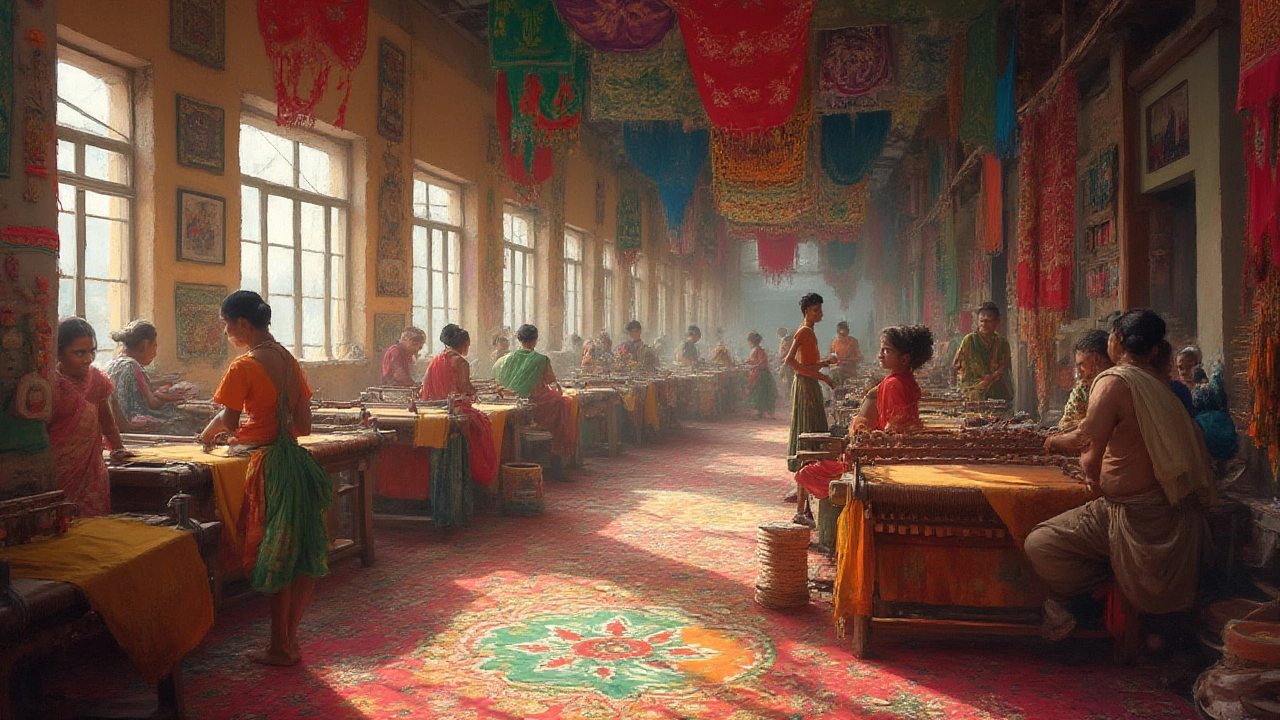Textile Companies in India – Leaders, Stats and What Sets Them Apart
When talking about textile companies, businesses that turn raw fibers into fabrics, yarns and finished garments. Also known as textile firms, they drive a huge share of India’s manufacturing output, employ millions and shape global fashion supply chains. A textile company typically manages everything from spinning and weaving to dyeing, finishing and logistics. The sector’s health reflects broader economic trends – when consumer demand spikes, these firms ramp up capacity; when raw cotton prices dip, margins improve. Understanding how these entities operate helps you gauge where the industry is heading and which players are worth watching.
Key Players & Trends
Among the crowd, a few giants stand out. Arvind Limited, India’s largest integrated textile maker boasts a revenue of over $2 billion, a product portfolio that spans denim, knits and technical fabrics, and an export reach to more than 30 countries. Reliance Industries, a diversified conglomerate with a massive polyester and viscose complex leverages its petrochemical base to feed its textile arm, pushing volume and price stability. Vardhman Group, a leading cotton yarn and fabric producer focuses on high‑quality yarns for both domestic apparel brands and export markets, while emphasizing sustainability through water‑saving dyeing techniques. Raymond Ltd, renowned for suiting fabrics and premium men’s wear stays competitive by investing in fabric innovation and digital design tools. These firms illustrate three core attributes of successful textile companies: diversified product lines, strong export footprints, and an increasing commitment to eco‑friendly processes.
The sector isn’t just about big names; it’s also shaped by shifting consumer tastes, government policies and tech adoption. Sustainable fibers such as organic cotton, Tencel and recycled polyester are gaining market share, prompting companies to upgrade dye‑water treatment plants and certify their supply chains. Digital design platforms and AI‑driven demand forecasting are reducing inventory waste and speeding up go‑to‑market cycles. Trade agreements, like the RCEP, open new avenues for Indian fabrics in Asian markets, while tariffs on synthetic imports encourage local polyester production. Together, these forces create a dynamic environment where textile companies must balance cost efficiency, quality, and sustainability. Below you’ll find curated articles that break down each of these trends, profile the market leaders in detail, and offer actionable insights for anyone looking to navigate India’s vibrant textile landscape.
